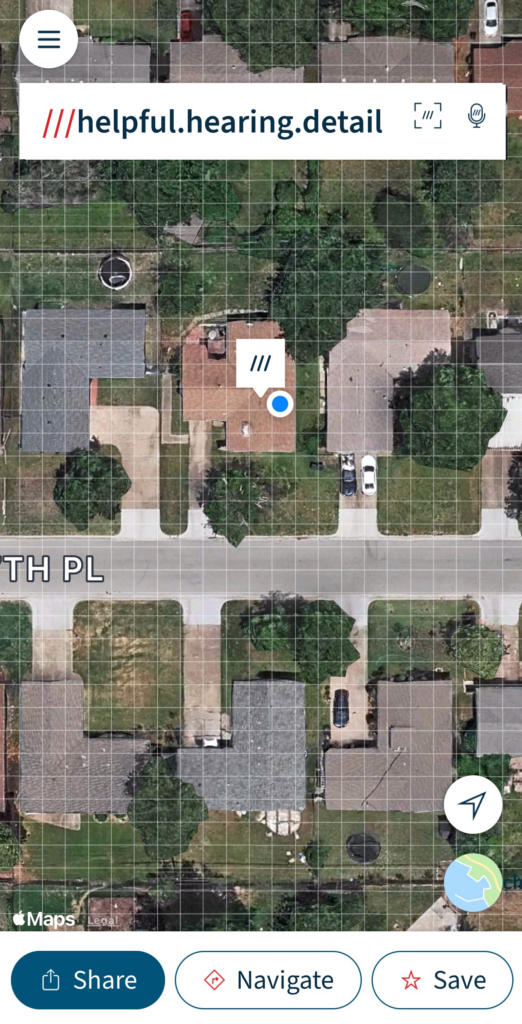
What is what3words?
The a satellite-powered digital geocoding system—available free for first responders and as an iOS or Android app–helps identify precise locations. It has decided the world into a grid of 57 trillion 10-foot by 10-foot squares, and given each square a unique combination of three random words. Each three-word “address” lets emergency responders pinpoint a cellphone caller’s GPS coordinates–even in sprawling national parks and large bodies of water. All that is needed is a cellular signal and a smartphone with “location service” enabled.
What U.S. law enforcement agencies are using it—and how?
More than 400 public safety teams (including police departments in Dallas and Los Angeles) across 49 U.S. states are using what3words technology to locate people. The software is compatible with many CAD systems and public safety communication tools, including RapidSOS, Rapid Deploy, and other software partners.
How can it help find children?
For a law enforcement agency equipped with what3words technology, any child or endangered adult who calls can be found within minutes if they call 911 from a location-service enabled cellphone. This is especially helpful if an individual does not know where they are—which often is the case if they have been transported to an unknown location.
 Who created it?
Who created it?
The technology—developed in 2013 by Chris Sheldrick in the United Kingdom in 2013—was created to solve issues caused by poor addressing across all sectors, including automotive, e-commerce, emergency, travel and logistics.
Is using what3words more accurate than cellphone pinging?
The use of what3words is not meant to replace the analysis of cellphone geolocation data, which can paint a fuller picture of where a missing child (or a suspected abductor) has been and may be headed. Its advantage lies in being able to narrow a search to 10 feet, which is valuable in large urban areas (with a density of cell towers), where a cellphone ping can land thousands of feet away—up to 10 football fields—from where a phone may be.
How is the public using it?
Family members and friends of younger smartphone users are enlisting the app to more quickly and accurately find each other in large venue environments, such state fairs, large malls, and other big or crowded events.
What other countries use it?
The software is used by 85 percent of UK emergency services, as well as 50 control centers across Canada. It also is used throughout Europe, Australia, South Africa, India, and most recently, Vietnam.
How can my agency learn more about what3words?
To request free training and tech sessions, contact [email protected] or visit https://what3words.com/business/request-an-integration-form.

